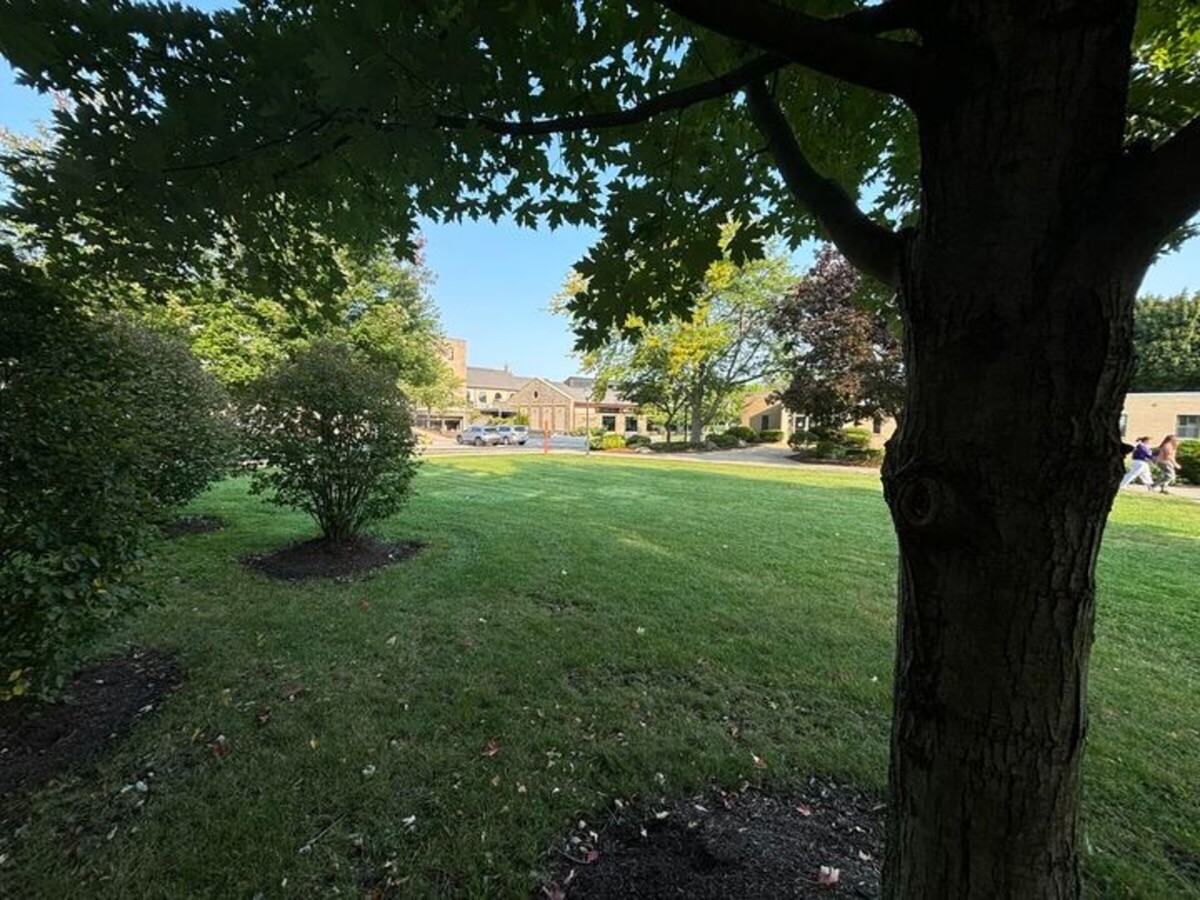Image

I had a nice chat the other day with a Niagara Falls resident who moved here a few years ago and purchased a home near Pine Avenue not far from 19th St.
Her reasoning was to invest in a solid property, as a value investment, so that she will look like a genius 20 years from now.
I feel that way about DeVeaux – once “Community Matters” again, and the Gazette has died, and Shredd and Ragan no longer trash the Falls weekly, real estate values will recover and the success of Niagara Falls Schools will make it a more popular place to live.
The first step in understanding how that renaissance happens comes in taking inventory of the assets already on hand.
As I thought about that, today I read this written by Matthew Chavez, of Niagara University.
“This past year I’ve been working with Niagara University, the City of Niagara Falls, LISC, Niagara Habitat for Humanity, Labella Associates, and others, on a study of the mid-city neighborhood in the City of Niagara Falls. First, I want to thank Dr. Karen Kwandrans for her exceptional leadership, stewardship of this project, and for always displaying the courage and conviction that is necessary to transform communities.
“This neighborhood has seen firsthand the effects of disinvestment, years of neglect, and population flight. There are so many vacant, abandoned, and distressed properties that the neighborhood has suffered with, and which demand action to address. This study examines the data to explore reasons why, and create tools for people and organizations to use in order to address the root causes, and tackle solutions together with the best possible strategies.
“I am so incredibly proud of my alma mater, for doing the work that is required for good urban planning and for community development. This place deserves a cohesive vision for revitalization, and I believe that we have that in this study, as well as in the GIS mapping tool that results from it.
“One of my most trusted mentors in life, the late Father Joseph Levesque, former President of Niagara, was visionary in his establishment of an institute to address the civic life of the places Niagara University most directly impacts. The City of Niagara Falls, and Niagara University, are linked, and all of our collective futures lie in engagement and cooperation.
“Many of you know that when I was a student at NU, I was a theater major. Theatre is the most collaborative of the arts, and I believe in the power and the magic of art to transform communities. That is at the root of the reasons why I do what I do. The community reflected in Niagara’s study has the potential to be a hub for artistry, learning, shopping, fun, tourism, and walkability. A place that allows every resident to live a wonderful life, proud of their home and community.
“Niagara Falls has suffered for generations, and has lost so very, very, much over time. However, to paraphrase another of my NU mentors, Brother Augustine Towey, ‘we know that which is hidden, from that which is gone.’
“Revitalization will take the collective effort of all of us. Let us now do the work to reveal that which has simply been hidden from view.
View the mapping tool and data here:”